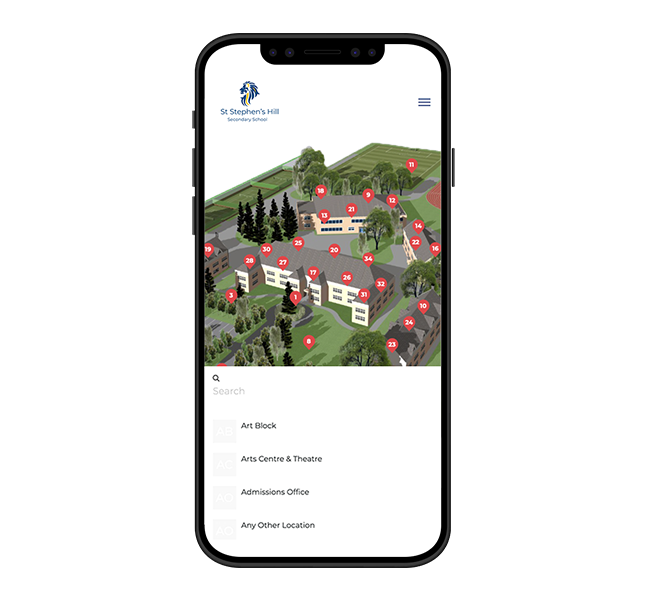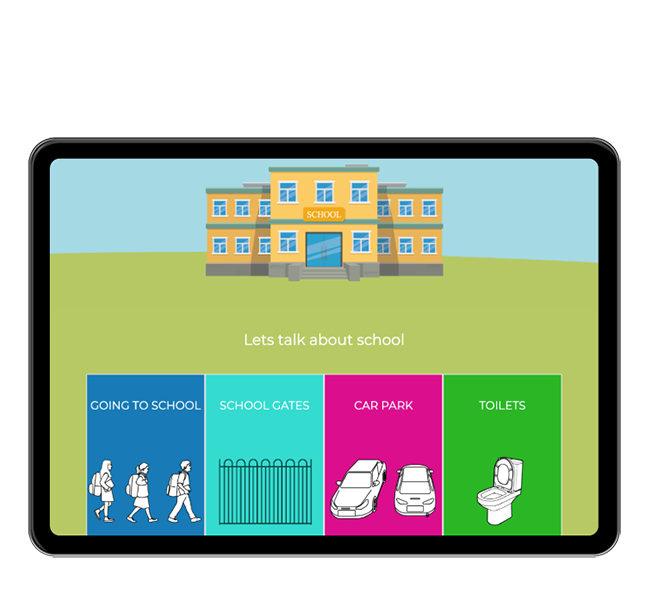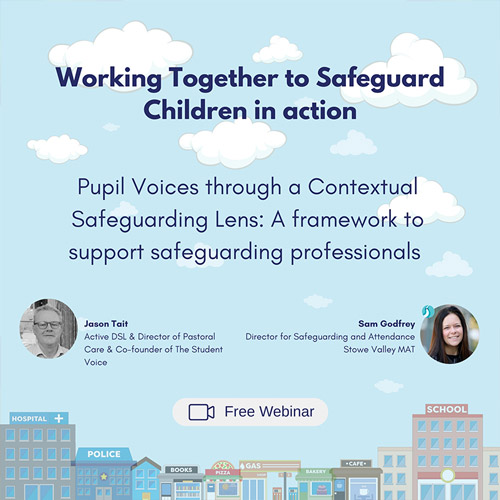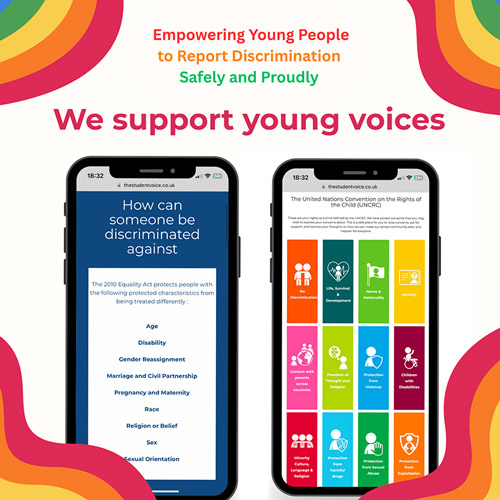Netflix’s Adolescence. We know the What – Now it’s time to lead with the How
The challenge we can no longer ignore
The recently released Adolescence by Netflix is a raw, powerful portrayal of the lived experiences of young people in the UK today. It does more than shock.It confirms what many of us working with children and young people have long known: living in 21st century Britain is, too often, unsafe for our youth.
Knife crime. County lines. Child-on-Child abuse. Misogyny. Extremism. The list of dangers grows longer and more complex by the year. In response, regulatory frameworks have expanded dramatically. Keeping Children Safe in Education (KCSIE) has grown from 40 pages to over 150 in just over a decade. In 2014, there were four primary safeguarding threats; by 2024, there are more than forty.
We understand the what (the outcome). We’ve never been more aware of the risks. But now, we must shift our collective focus to the how (we solve this).
A tale of two responses
At a recent DSL network meeting, I witnessed a powerful insight into life in our communities. First, a presentation about more medical ‘bleed’ kits being placed across the city to advance emergency responses to serious youth violence attacks. Immediately after, a presentation from a local youth hub offering hot meals and wraparound care for vulnerable young people. But there was a heartbreaking catch: many young people feel too unsafe to walk the streets to the youth club.
This is the state of our society—and it’s a call to action. Why do we need more trauma bleed kits in our cities and why is it ever acceptable for people not feel safe on our streets?
Get our blogs sent straight to your inbox.
Compliance isn’t enough. We need compassionate action
As regulations and safeguarding expectations grow, organisations naturally move to ensure they’re doing the right thing: meeting compliance. But in doing so, many risk missing the chance to do things right. To shape approaches that meet the unique needs of the students they serve.
This is not about rejecting compliance. It’s about recognising that conforming with legislation is only the beginning, not the solution. Authentic safeguarding requires more than policies. It requires purpose.
Where is the guidance?
We’re inundated with terminology: “whole school approach,” “embed”, “listen,” “parent workshops,” “focus groups.” These concepts matter, but too often they come with little in the way of real-world guidance.
And in the absence of clear, collaborative strategies, we see a dangerous drift toward authoritarian solutions. The urge to ban social media or mobile phones, while understandable, often reflects a deeper failure—a society unsure how to raise its young. Bans may silence the noise, but they don’t solve the problem. Without meaningful alternatives, engaging education, we risk leaving young people even more vulnerable.
What we’ve learned
Over the last decade, working in safeguarding and pastoral care, and through our work with The Student Voice contextual safeguarding team. We’ve seen what works.
Here are four truths we stand by:
- Compliance is not care.
Our inspection culture can often prioritise bureaucracy over community. True safeguarding requires schools to be empowered to be spaces of safety, trust, and belonging. - Contextual safeguarding works.
Developed by Dr. Carlene Firmin, this framework is as close to a silver bullet as we’ve seen. It meets young people in their real-world contexts—where risks actually occur. - Lived experience matters.
Real change begins with seeking to understand the social rules and realities that govern young lives. No policy can substitute for presence, listening, and empathy that leads to understanding and respect. - The Lundy Model of Participation is a path forward.
Laura Lundy’s model of youth participation helps embed genuine student voice into school culture. It moves us beyond the guest speakers and tick-box focus groups, and into transformative, lasting engagement.
Moving from What to How
At The Student Voice, we take our inspiration from Dr Firmin and Dr Lundy because they help us move from awareness to action. They give us the tools, language, and frameworks to not just understand risk, but to respond to it in meaningful, relational, and hopeful ways.
We are not powerless.
In fact, we are uniquely positioned. Schools, youth support workers, families, local authorities, sports clubs, social workers, local businesses, to collaborate, innovate, and build communities where young people feel seen, heard, and safe.
Final thought: This is Our Responsibility
As adults, this is our generation’s responsibility. It is our society. These are our children.
We know the what. Now let’s be the leaders, educators, carers, and advocates who take on the how, together.
We are passionate about our work and are always looking for collaborations and partnerships to learn and grow with. Please do reach out if you are interested in being part of the journey and growing with us – we would love to hear from you.
Safer Communities – Safer Futures








